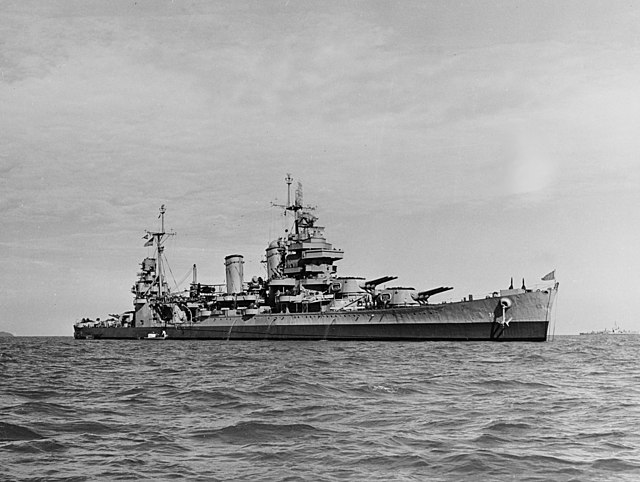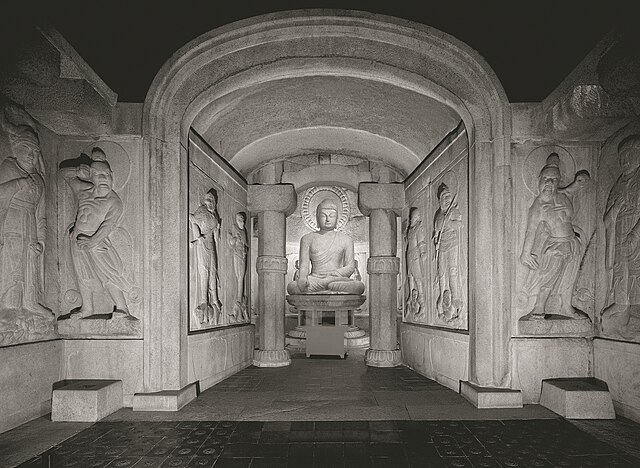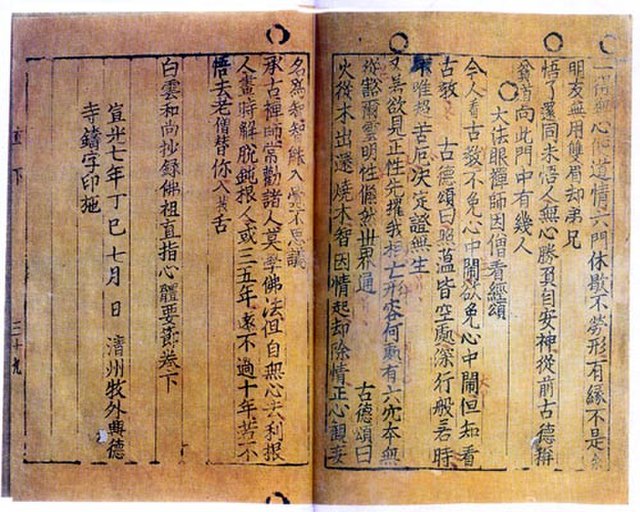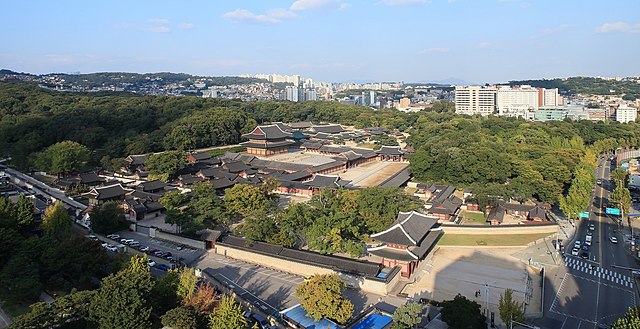Operation Blacklist Forty
Operation Blacklist Forty was the codename for the United States occupation of Korea between 1945 and 1948. Following the end of World War II, U.S. forces landed within the present-day South Korea to accept the surrender of the Japanese, and help create an independent and unified Korean government with the help of the Soviet Union, which occupied the present-day North Korea. However, when this effort proved unsuccessful, the United States and the Soviet Union both established their own friendly governments, resulting in the current division of the Korean Peninsula.
The flag lowering ceremony in Seoul during the official Japanese surrender of Korea on September 9, 1945
USS San Francisco off the Korean coast on September 28, 1945
South Korea, officially the Republic of Korea (ROK), is a country in East Asia. It constitutes the southern part of the Korean Peninsula and borders North Korea along the Korean Demilitarized Zone; though it also claims the land border with China and Russia. The country's western border is formed by the Yellow Sea, while its eastern border is defined by the Sea of Japan. South Korea claims to be the sole legitimate government of the entire peninsula and adjacent islands. It has a population of 51.96 million, of which roughly half live in the Seoul Capital Area, the ninth most populous metropolitan area in the world. Other major cities include Incheon, Busan, and Daegu.
Seokguram Grotto from the Silla era, a UNESCO World Heritage Site
The oldest surviving metal movable type book, the Jikji, was printed in 1377, and Goryeo created the world's first metal-based movable type in 1234.
The Tripitaka Koreana — the Buddhist canon (Tripiṭaka) carved onto roughly 80,000 woodblocks and stored (and still remaining) at Haeinsa, also a UNESCO World Heritage Site
Changdeok Palace, pictured in 2014, one of the Five Grand Palaces of Seoul built during the Joseon Dynasty and a UNESCO World Heritage Site






